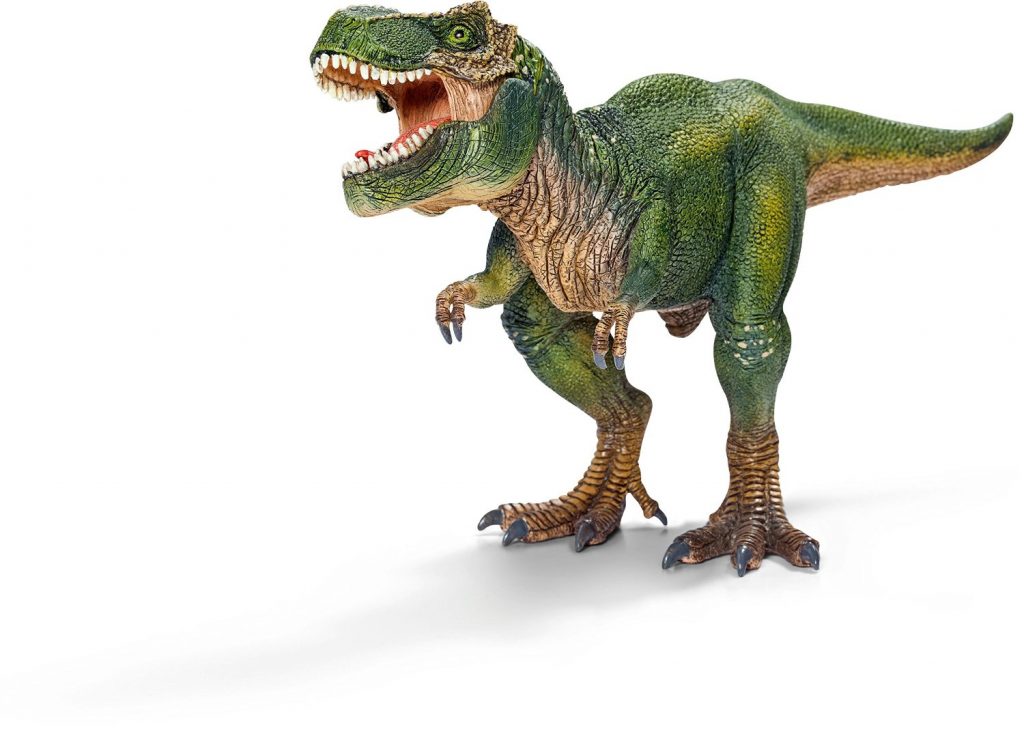Researchers unveil the mystique surrounding T. Rex’s appearance
By Sam Siomko, Staff Writer
Many of us recall watching Jurassic Park – and the huge Tyrannosaurus rex with its menacing roar was quite a sight for many. But the movie’s “thunder lizard” would not have looked nearly as ferocious if its scales were pink or blue, or if it had a tuft of feathers coming out of its head.
It might be a ridiculous image, but researchers have never had a way to definitively find out what dinosaurs looked like. Their bone shape gives researchers hints about how they would have walked or stood, and imprints of plumage around fossils revealed that most dinosaurs did have some sort of feather coverage. But what about color?
Fossils are usually just imprints on rocks, and the color is not preserved, so it is almost impossible to tell what color an animal was without looking at living tissue.
However, researchers from the University of Bristol were able to use the preserved skin from a single Psittacosaurus fossil to determine the color of the dinosaur.
They used fossilized melanosomes, which are organelles inside skin cells that produce pigment. The shape of these melanosomes give a hint as to which color they produced: long ovals for black, small circles for brown, thin rods for iridescence. They manifest as little bumps on the surface of the fossil which were first thought to be fossilized bacteria. The color could be determined by comparing the shapes of these fossilized melanosomes to melanosomes from living animals.
And, all of a sudden, their fossilized Psittacosaurus had color! Psittacosaurus is an herbivorous dinosaur that walks on two legs and has a face similar to a turtle’s. Because it would have been a prey species for larger carnivorous animals, scientists hypothesized that the pattern they found on the dinosaur’s body would have been beneficial to camouflage.
The idea is that light hitting the back of the animal would be balanced out by a dark skin color, and the shadows on the legs and stomach would be balanced by a light skin color. Modern day animals, such as deer, still employ this technique.
By using a model dinosaur to see how light would hit the animal’s body, they were able to determine that this dinosaur most likely lived in a covered environment like the forest, because it had more shade-countering pigment on its body.
This breakthrough method could be used for other dinosaurs as well, so long as the skin had been well preserved. Color in the animal kingdom is used for many things besides camouflage such as mating displays or warnings. This means that learning more about what the dinosaurs looked like would give more insight into their ecology and behavior.
Though we may never be able to bring dinosaurs back to life like they did in Jurassic Park, figuring out exactly what they looked like might be the next best thing.

